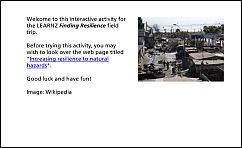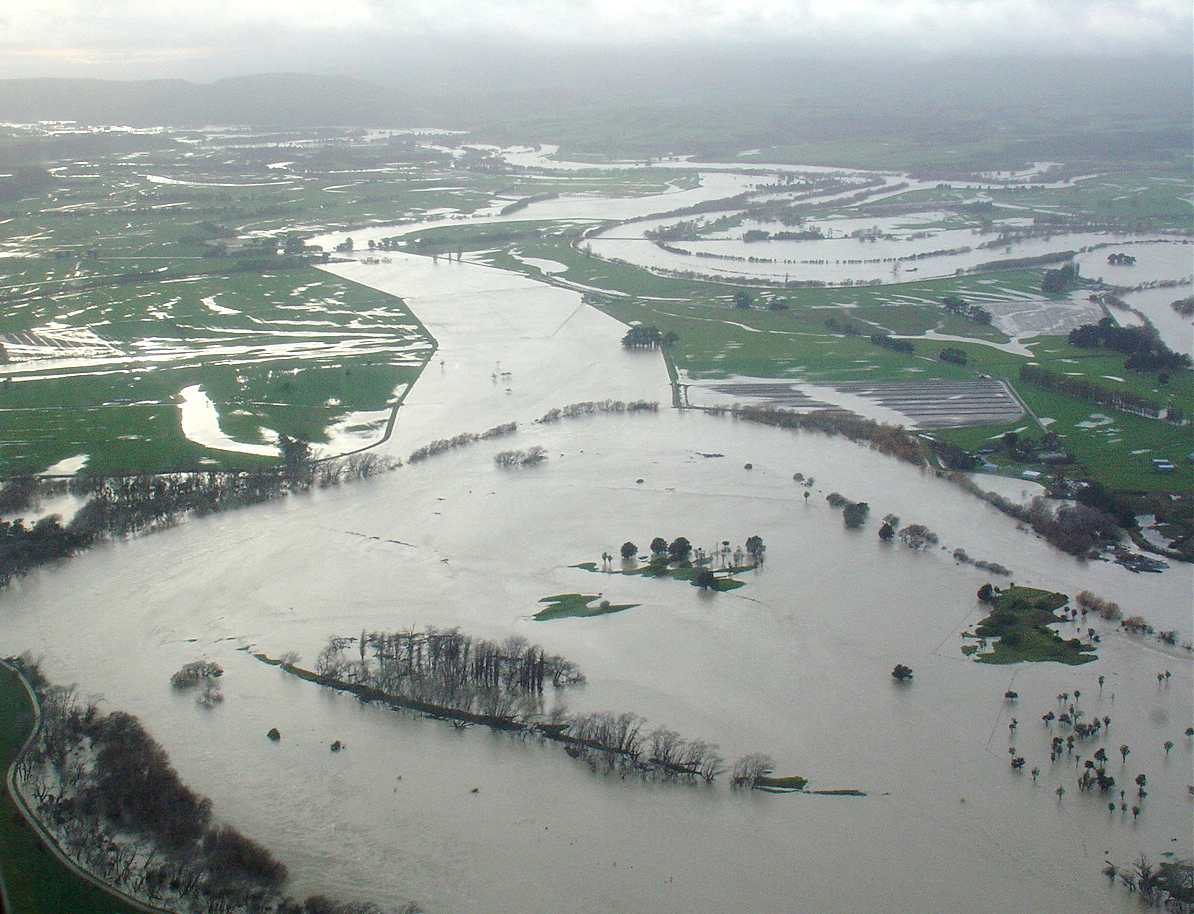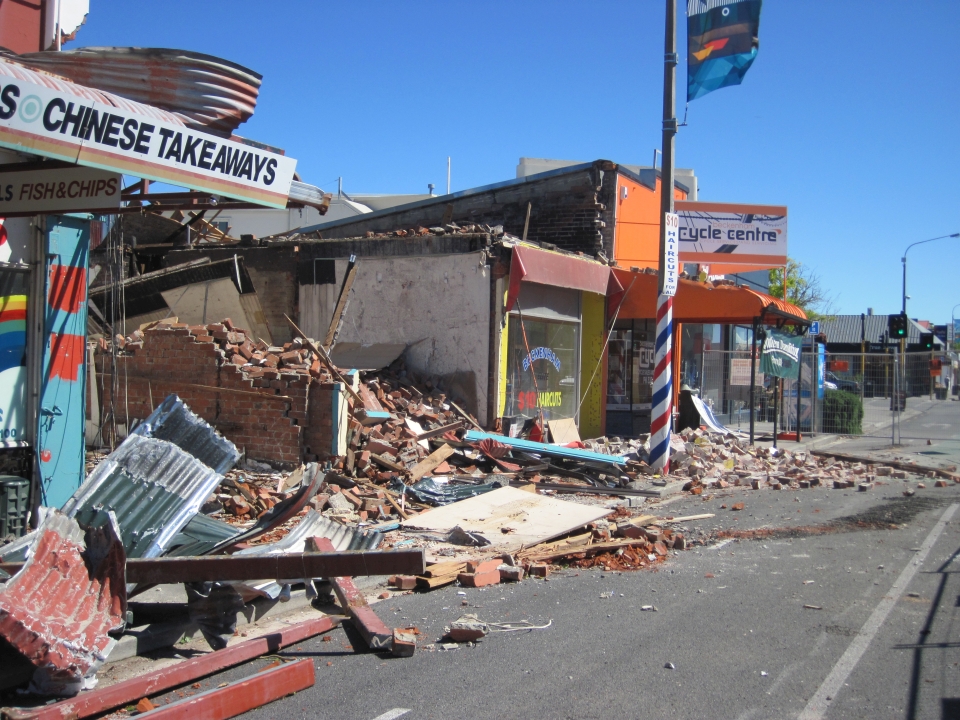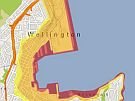Natural disasters are sudden unexpected events that cause damage to:
- People
- Property
- The environment
People cannot always stop these events from happening so it is important to prepare for these and be resilient to them.
What is resilience?
Resilience can be described as the ability to recover quickly from difficulties. People can be resilient and so too can communities. Because New Zealand is geologically young and is located on the boundary of two major tectonic plates, there are many geological hazards. Our climate also leads to frequent storms and an increased risk of flooding. We need to be resilient to these hazards so that we can reduce their impact and recover more quickly from events.
Finding resilience
To be more resilient to natural hazards people need to;
- Identify the risk – know which events are most likely and where these might occur
- Reduce the risk – where possible avoid the risks or find ways to reduce the risk and have a plan of what to do in the event of a disaster
- Respond – know what to do in a disaster to increase your safety, the safety of others and reduce impacts on property and the environment
- Recover – have the resources needed to repair or rebuild following a disaster
Technology
Technology is helping communities to understand and prepare for natural hazards which is increasing our resilience.
Location based information helps to identify which areas are at risk and how they may react to different hazards. GIS systems bring large amounts of information together and display these according to location. This helps:
- identify areas at risk

- plan for future events
- to organise emergency services in response to events
- inform the public
- agencies to share information and co-ordinate efforts
- keep people away from dangers
- manage transport links and essential services
- organise the recovery
During the Finding Resilience field trip, you will identify the natural hazards that may affect Wellington and see how these are being managed. You will see how to identify risks in your own area and how to gain resilience to these.









